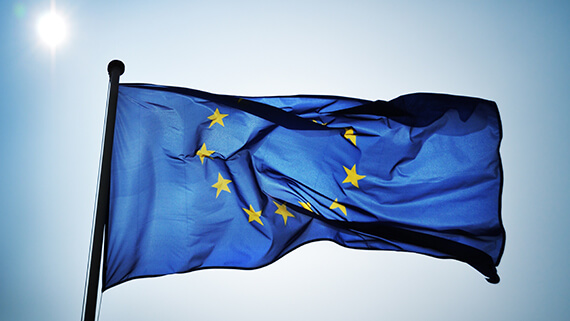EU Manufacturing Figures Are a Good Sign for the Economy

- Italian and French figures slightly better
- German figures marginally better, still contractionary
- EU curving slightly higher
During early Monday trading, the markets received Manufacturing PMI figures to show how manufacturing is moving, going forward. While these were not necessarily blockbuster figures, the fact that the European Union is starting to flatten out and curve slightly higher is a very good sign, considering the stale numbers over the last couple of years.
European figures released
The initial announcement was Italian Manufacturing PMI, or the Purchasing Managers Index. Released at 47.6, while better than the 47.5 anticipated by the market, it is still rather contractionary. After all, a reading of 50 is necessary for expansion. Because of this, the Italian PMI figure shows signs of stability, but not necessarily growth.
Shortly after that, the French released their Final Manufacturing PMI figure at 51.7, which was better than the 51.6 expected by the market. This shows not only a slightly higher-than-anticipated figure, but also an expansionary one.
Five minutes later, the Germans released Final Manufacturing PMI at 44.1, which was slightly better than the 43.8 anticipated by traders for the month. The figure is still contractionary, which is going to be a major issue for the European Union, as the Germans make up the bulk of EU GDP.
Finally, the European Union released Final Manufacturing PMI figures at 46.9, which proved better than the expected 46.6 for the month. What’s interesting is that it still shows contraction, but it is starting to indicate signs of turning in the right direction.
Manufacturing in EU becoming more stable
The main takeaway from these figures is that manufacturing in the European Union is starting to get a little bit more stable, but it still is a long way away from getting bullish.
It is because of this that European equities will probably continue to suffer, but it should be noted that Christine Lagarde is taking over, and she does tend to be extraordinarily dovish. Because of this, one can expect more monetary policy loosening coming out of the European Central Bank, and that could be one of the main drivers of the stock markets on the continent.
That being said, it’s likely that the economic picture in the European Union will continue to be very mixed, so it’s very likely that the United States will be a beneficiary. It should also be noted that a lot of what is hurting manufacturing, especially in Germany, is the China-US trade war, which seems as if it’s never going to end. With that, the European Union remains flat on its back, but still alive.

